
-
| 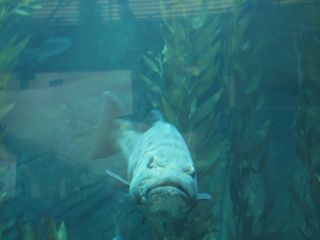
-
| 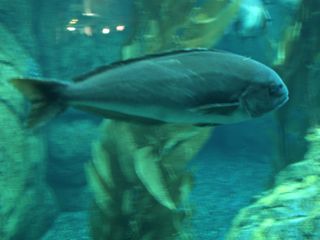
-
|
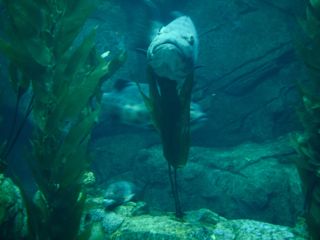
-
| 
-
| 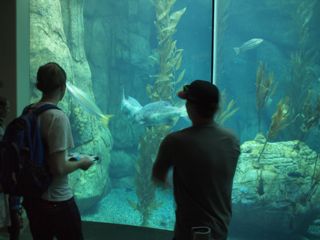
-
|
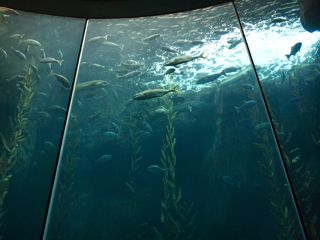
-
| 
-
| 
-
|
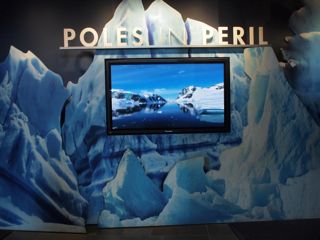
-
| 
-
| 
-
|
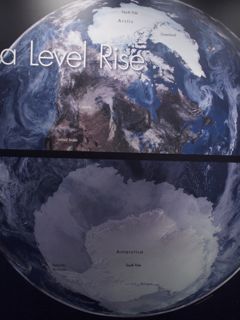
-
| 
-
| 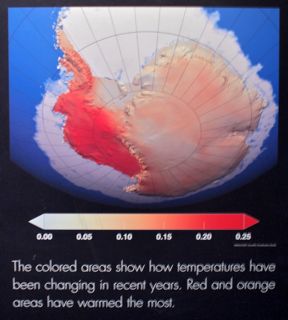
-
|

-
| 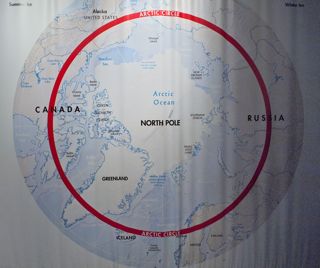
-
| 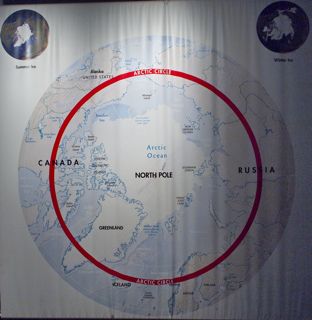
-
|

-
| 
-
| 
-
|
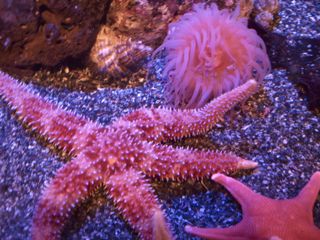
-
| 
As well documented in the "Shape of Life" DVD series, featuring Dr. John Pearse, seastars or starfishes have competitive
interactions that are impressive for an animal lacking a brain. Here an Orthasterias koehleri (rainbow star) and Mediaster aequalis (vermilion star) are
checking each other out.
| 
Mediaster aequalis (vermilion star)
|
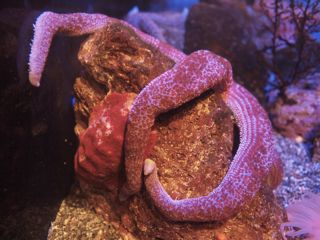
A large seastar, Evasterias troschelii, surrounding a giant gumboot chiton,
Cryptochiton stelleri, which didn't seem too bothered.
| 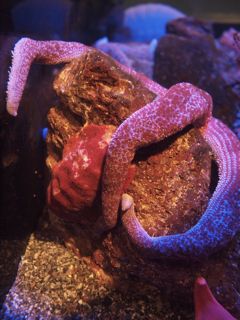
-
| 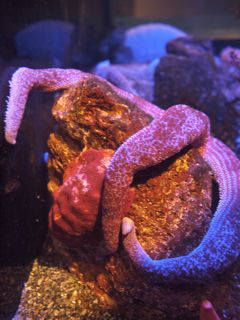
-
|

-
| 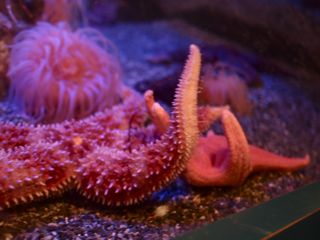
-
| 
-
|
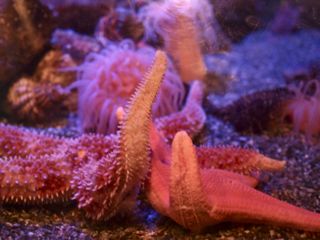
-
| 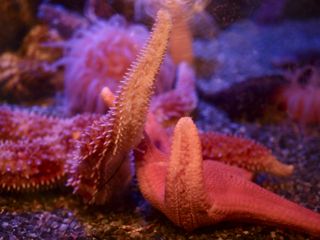
-
| 
-
|
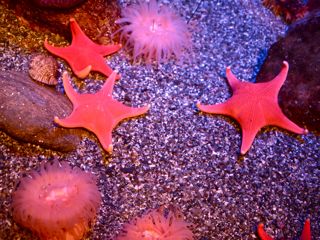
-
| 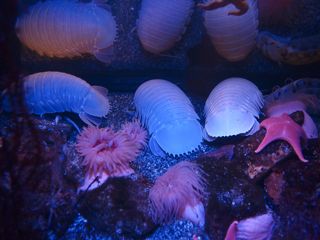
A giant deep-sea isopod, probably one of about 20 species of the genus Bathynomus;
most specimens on display come from the Gulf of Mexico (help with arthropod IDs on this page provided by Dr. Greg Jensen, University of Washington).
| 
-
|
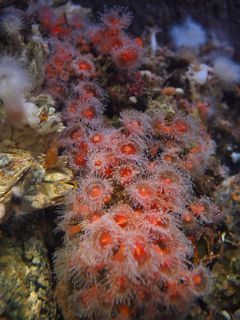
-
| 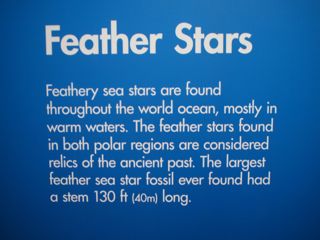
-
| 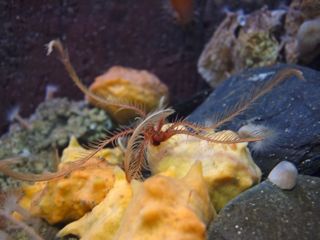
-
|

-
| 
This feather star is likely Florometra serratissima (common featherstar). feather
stars belong to Crinoidea (Echinodermata), which also includes the mostly deep sea sea lilies.
| 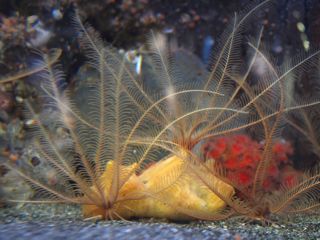
-
|

-
| 
-
| 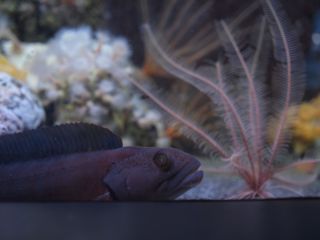
-
|

-
| 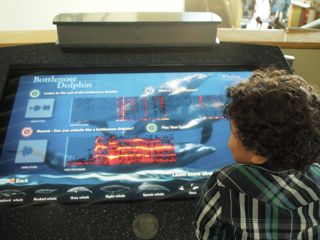
-
| 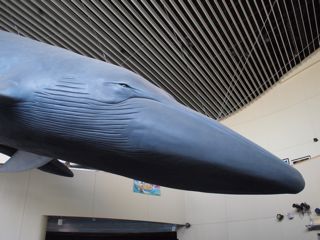
-
|
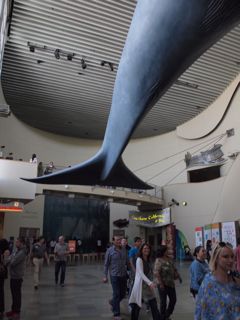
-
| 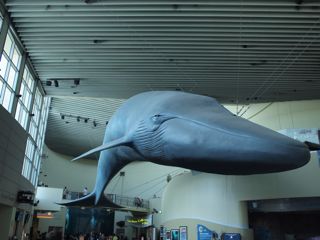
-
| 
-
|

-
| 
-
| 
-
|
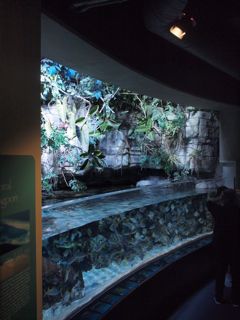
-
| 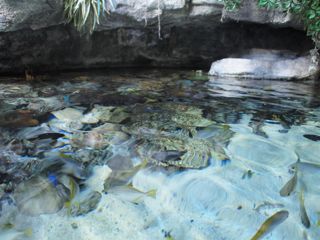
-
| 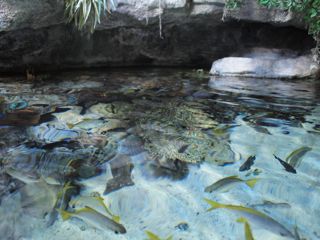
-
|
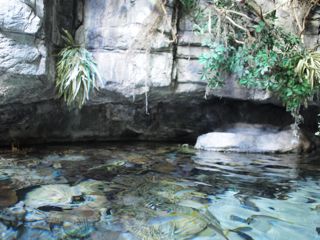
-
| 
-
| 
-
|

Giant clams (Tridacna spp.) have a symbiotic relationship with
photosynthetic zooxanthellae, just like corals. This one also has a clownfish associated.
| 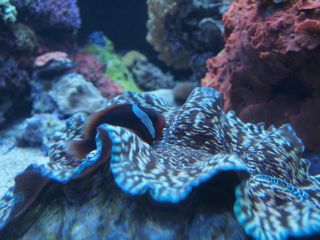
-
| 
-
|
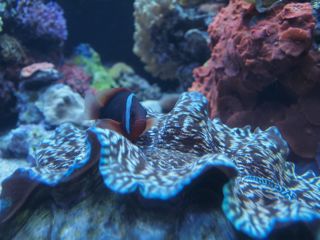
-
| 
-
| 
-
|

-
| 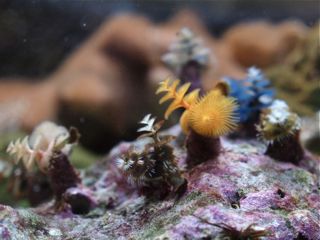
Christmas tree worms (Serpulidae)
| 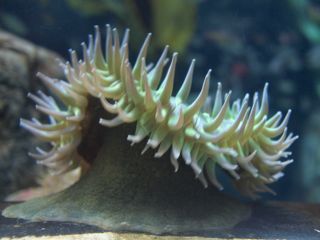
-
|
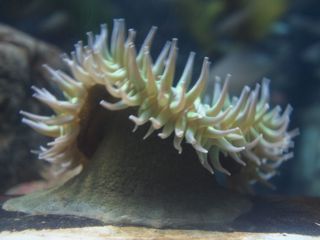
-
| 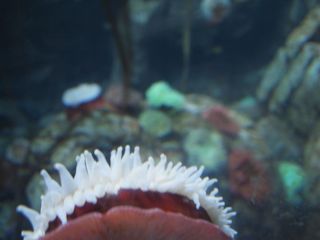
-
| 
-
|
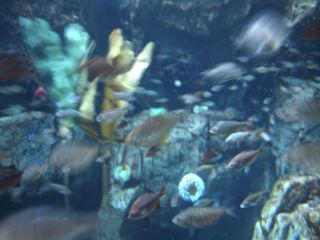
-
| 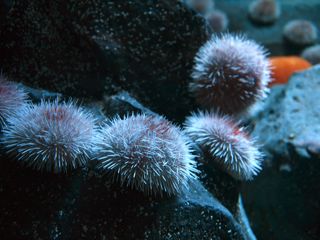
Tentative: Strongylocentrotus fragilis (formerly Allocentrotus fragilis),
a common western North American sea urchin mostly living in more than 100 m depth.
| 
-
|
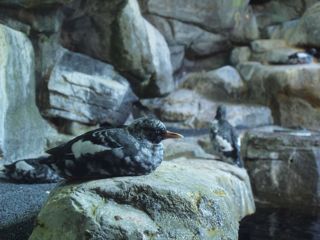
-
| 
-
| 
-
|
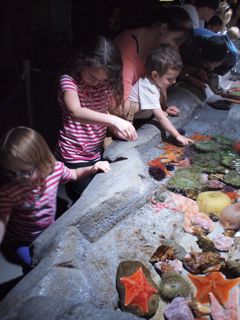
-
| 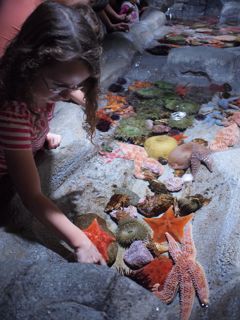
-
| 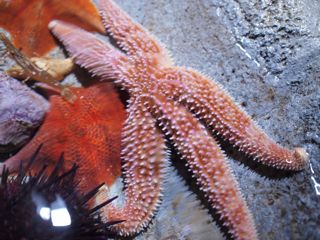
-
|
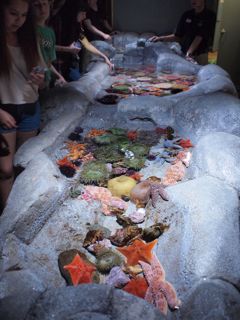
-
| 
-
| 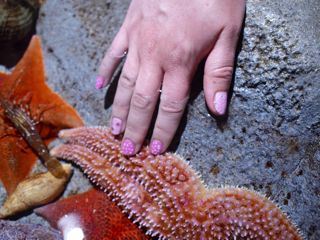
Orthasterias koehleri (rainbow star)
|

-
| 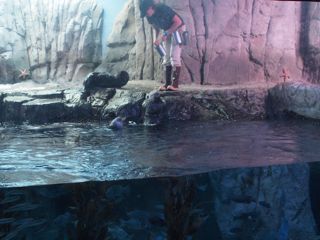
-
| 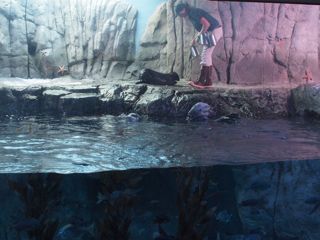
-
|

-
| 
-
| 
-
|

-
| 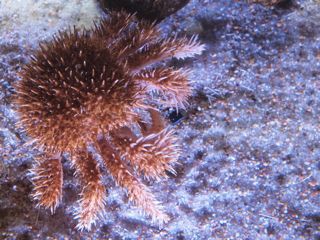
Still unidentified crab. According to Dr. Jensen, it is too spiny for any of our North Pacific
lithotid crabs.
| 
-
|

-
| 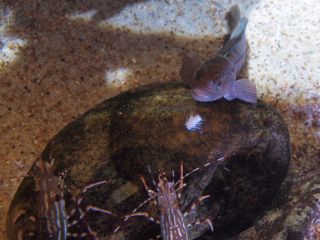
-
| 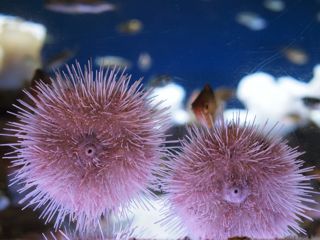
-
|

-
| 
Eudistylia vancouveri (sabellid polychaetes)
| 
-
|
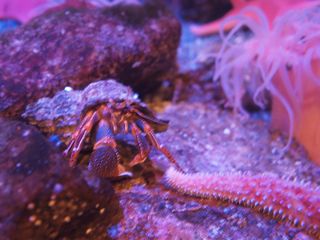
Elassochirus tenuimanus (widehand hermit crab)
| 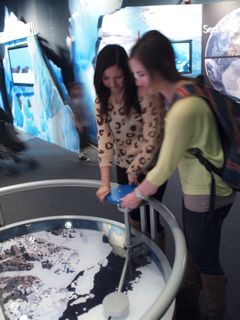
-
| 
-
|

-
| 
-
| 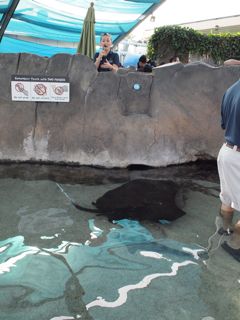
-
|

-
| 
a juvenile zebra shark (Stegostoma fasciatum)
| 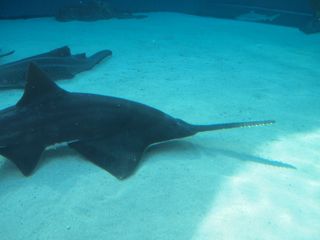
-
|

-
| 
-
| 
-
|
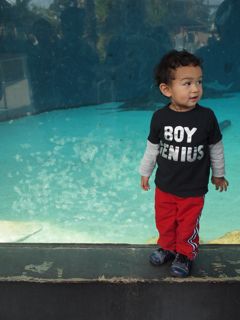
-
| 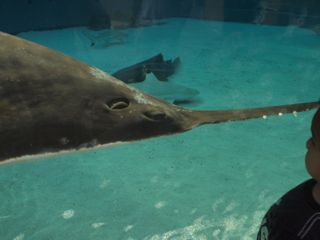
-
| 
-
|
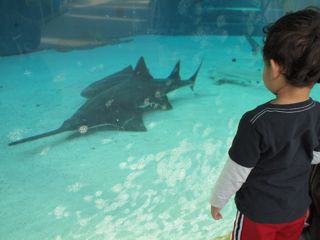
-
| 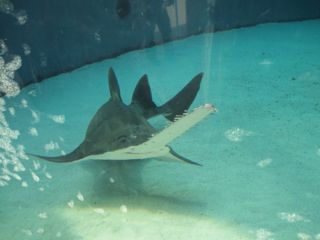
-
| 
-
|
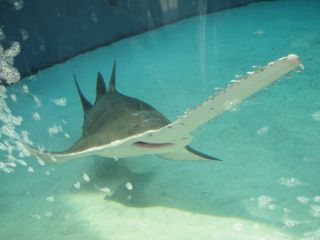
sawfish (also called carpenter shark) belong to Pristidae
| 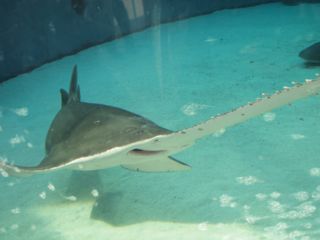
-
| 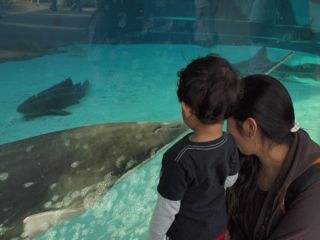
-
|

-
| 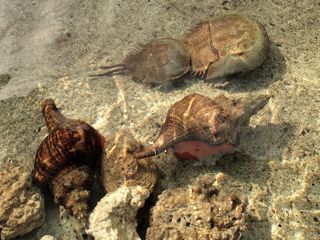
-
| 
Likely our East Coast (Atlantic!) horseshoe crab, Limulus polyphemus
|

-
| 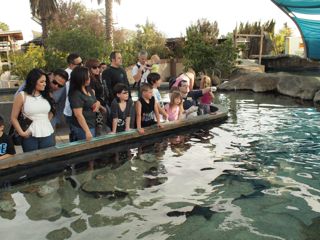
-
| 
-
|

-
| 
-
| 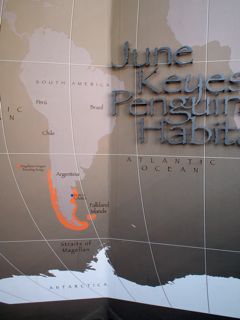
-
|
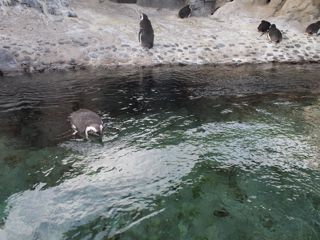
-
| 
-
| 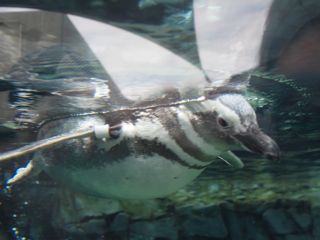
-
|
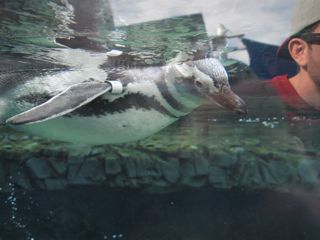
-
| 
-
| 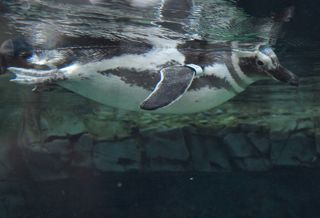
-
|

-
| 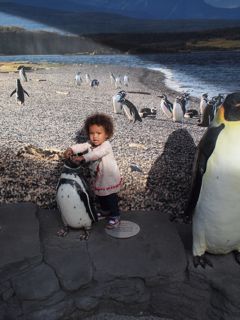
-
| 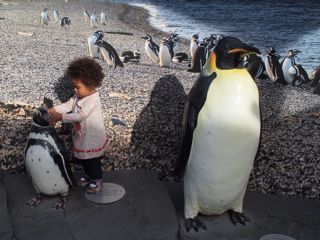
-
|

-
| 
-
| 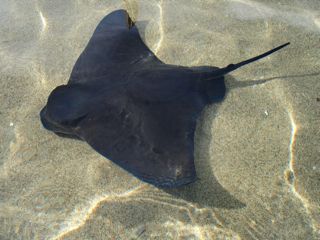
bat ray (Myliobatis californica)
|
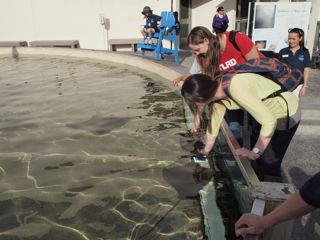
-
| 
-
| 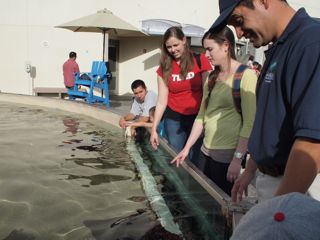
-
|

-
| 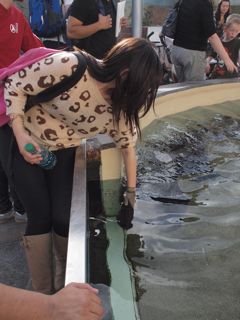
-
| 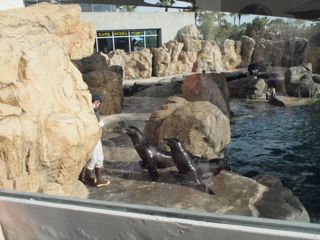
-
|

-
| 
-
| 
-
|
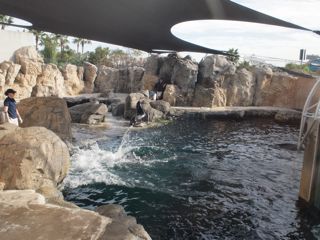
-
| 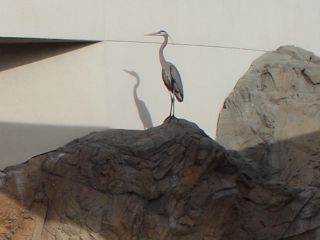
This great blue heron shows up at sea lion feeding time twice a day.
The aquarium folks have named him Bubba.
| 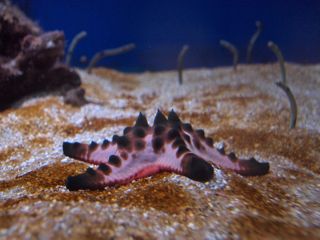
chocolate chip starfish (Protoreaster nodosus)
|
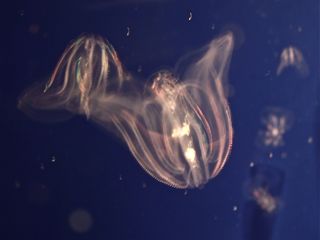
-
| 
-
| 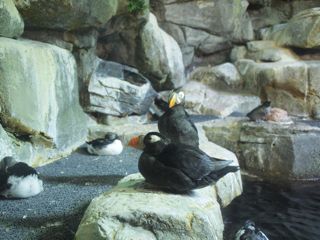
-
|

-
| 
-
| 
-
|
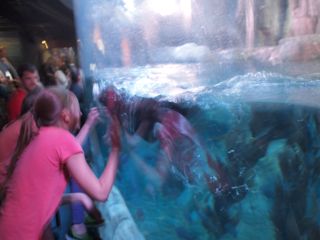
-
| 
-
| 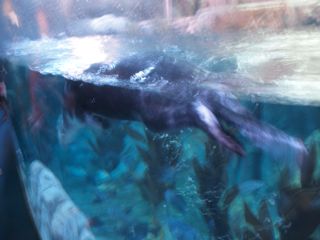
-
|
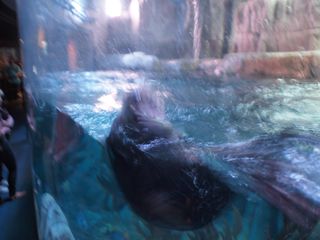
-
| 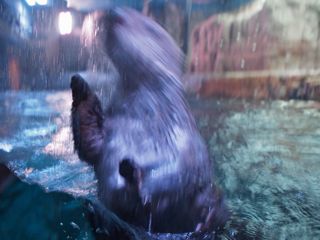
-
| 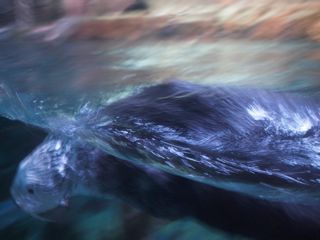
-
|
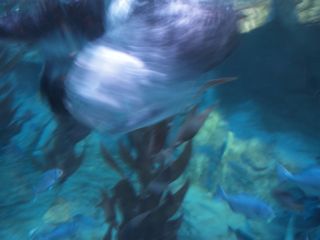
-
| 
-
| 
-
|

-
| 
-
| 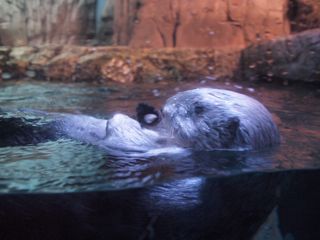
-
|

-
| 
-
| 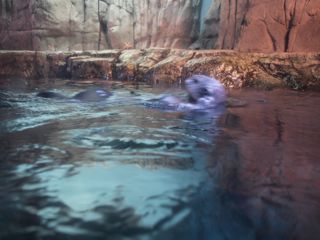
-
|
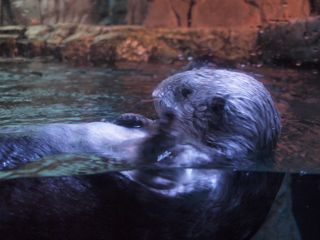
-
| 
-
| 
-
|
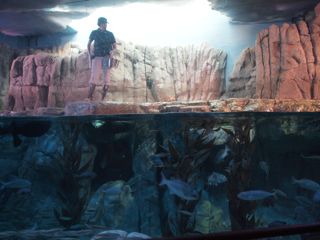
-
| 
-
| 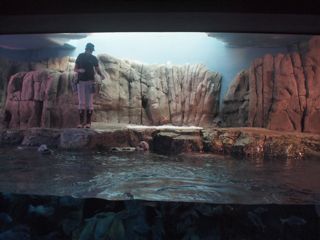
-
|
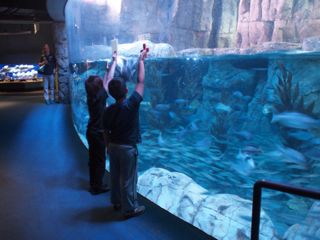
-
| 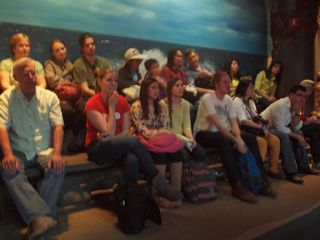
-
| 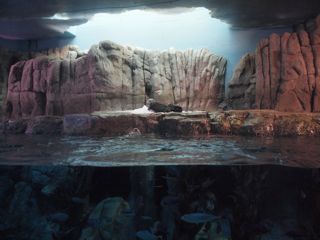
-
|

-
| 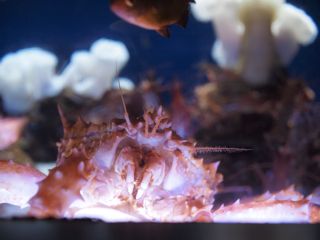
-
| 
-
|
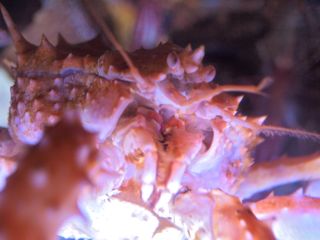
-
| 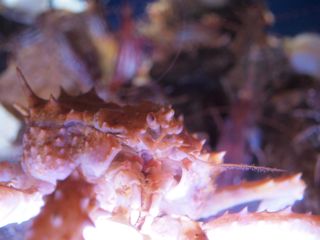
-
| 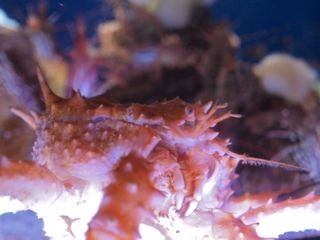
-
|
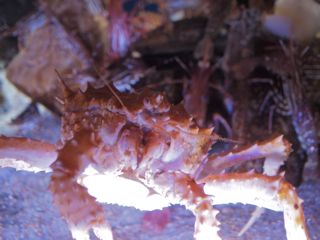
-
| 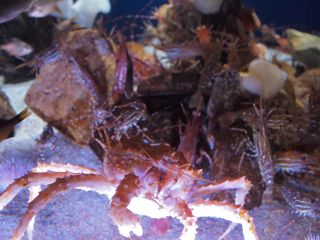
Tentative: Lithodes couesi (scarlet king crab)
| 
-
|

spot prawns (Pandalus platyceros)
| 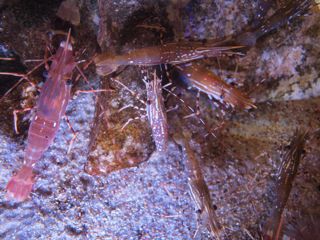
-
| 
-
|

-
| 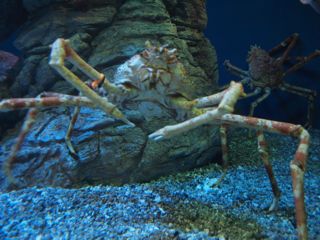
Spider crab (Macrocheira kaempferi), from Japan, has the largest leg span of
any crab.
| 
-
|
 Under Construction!
Under Construction! Under Construction!
Under Construction!